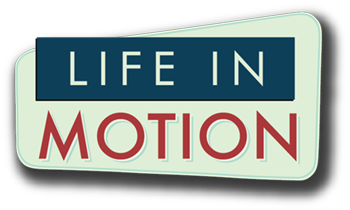
21 Jan 5 Ways to Improve User Experience on Your Website
Your website is the foundation of all of your digital marketing efforts. After all, when marketing online, all roads lead back to your website. This is why it is so important that every user visiting your site, whether they are an existing or a potential customer, has a positive user experience when they are on your site.
As a business owner, especially one that relies on digital marketing, you need to be constantly working to improve the user experience on your website—to keep your visitors happy. Remember, your website is one of the most powerful tools in your arsenal—an around the clock salesperson—so you want to do whatever you can to make sure that you are making it is easy for people to get to your site, use your site and spend time on your site.
The first and most important step in doing this is to make sure you understand the problems that different visitors have to solve when they are visiting your website—the fewer hurdles to overcome and the fewer problems to solve—the better user experience they will have. It is your job to remove these obstacles and solve these problems—and to help you get started, we have detailed a list of five easy ways to improve this user experience.
- Optimize Your Page Speed- Nothing will ruin a user’s experience on your website quite like slow page speeds. If you want to improve user experience, you need to optimize your page speed. There is actually a free service from Google that will give you information about your page speed—and it will even offer you suggestions for improving your load time.
- Differentiate Your Hyperlinks- You need to make sure that your hyperlinks are bold and stand out. After all, adding a hyperlink to your page is an indication that you want the user to click there. It is as simple as underlining the text and making it a different color—trust us, it will make all of the difference in the world.
- Segment Your Information- If you have important information that you want your users to read, you need to segment it away from the rest of your website content. Icons, pictographs and bold bullet point lists really stand out on a page and make it easy for users to read valuable information.
- Keep Your Website Consistent- Every page on your website should be consistent. This means same coloring, font, heading size, design elements—all of it. Keeping a theme gives your user a beautiful navigation experience and reminds them that they are in the right place (just in case they get lost on the world wide web).
- Be On the Lookout for your 404s-Many people aren’t putting as much attention on 404s as they should be—because search engines don’t punish you that severely for soft 404 errors. However, users will punish you more than a search engine will. Users find 404 error pages annoying, and it usually makes them go somewhere else for a better, faster solution. There are lots of free 404 checkers out there that can help you spot these errors before users do.
If you have questions about strategies that you can use to improve your user experience—give Life In Motion a call. We are here to help with all of your digital marketing efforts and to help make sure you are offering your customers the best user experience possible.
